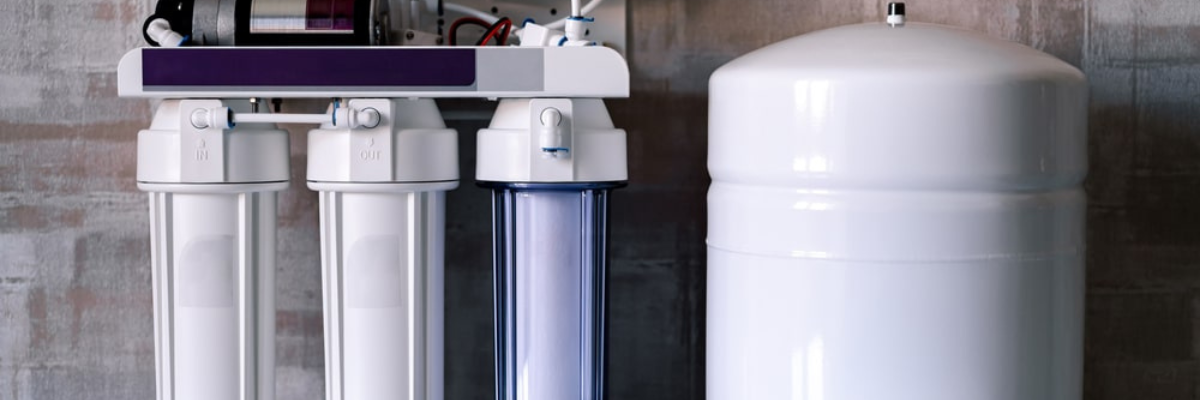Water filters and water softeners serve different purposes in water treatment, and each targets specific water quality issues. Here’s a breakdown of the key differences between the two:
1. Function
- Water Filter:
- Purpose: Removes contaminants from water, such as chemicals, bacteria, sediment, heavy metals, chlorine, and organic compounds.
- Types of Contaminants: Depending on the type of filter (e.g., carbon, reverse osmosis, ultraviolet), it can remove a range of impurities, including microorganisms, pesticides, pharmaceuticals, and volatile organic compounds (VOCs).
- Main Goal: To improve water quality for drinking, cooking, and general use by ensuring it is safe, clean, and tastes better.
- Water Softener:
- Purpose: Removes hard minerals (mainly calcium and magnesium) from water to reduce water hardness.
- Types of Contaminants: Specifically targets hard water minerals like calcium, magnesium, and sometimes iron.
- Main Goal: To soften water, which helps prevent limescale buildup in pipes, appliances, and reduces soap scum, making cleaning easier and extending the life of appliances like dishwashers and water heaters.
2. How It Works
- Water Filter:
- Filtration Process: Works by physically or chemically trapping or removing contaminants from water. Depending on the type, water filters may use activated carbon, reverse osmosis membranes, or other filtration materials.
- Physical/Chemical Removal: Filters can physically trap particles, absorb contaminants, or neutralize chemicals.
- Water Softener:
- Ion Exchange Process: Softens water by using a process called ion exchange, where hard minerals (calcium and magnesium) are exchanged for sodium or potassium ions.
- Regeneration Cycle: Water softeners regenerate periodically by flushing out the collected minerals and replacing them with fresh sodium or potassium ions.
3. Addressed Water Problems
- Water Filter:
- Targets water quality issues related to contaminants like:
- Chemicals (chlorine, fluoride, VOCs)
- Heavy Metals (lead, arsenic, mercury)
- Bacteria & Viruses (in some systems)
- Sediments & Particulates
- Improves taste, smell, and safety of water, particularly for drinking and cooking.
- Targets water quality issues related to contaminants like:
- Water Softener:
- Addresses water hardness by removing calcium and magnesium. Hard water causes:
- Limescale Buildup in pipes, faucets, and appliances
- Reduced Appliance Efficiency
- Skin and Hair Irritation
- Soap Scum on dishes, clothes, and surfaces
- It’s mainly used to protect appliances and reduce water hardness-related issues in households.
- Addresses water hardness by removing calcium and magnesium. Hard water causes:
4. Water Taste
- Water Filter:
- Improves the taste of water by removing chlorine, chemicals, and impurities, making it more pleasant to drink.
- Water Softener:
- Does not significantly affect the taste of water. However, some people may notice a slight change due to the addition of sodium or potassium ions in softened water.
5. Use Cases
- Water Filter:
- Used primarily for drinking water and improving overall water quality in kitchens, bathrooms, or for whole-house filtration.
- Essential in areas with high levels of contaminants like lead or chlorine.
- Common in drinking water filtration systems, pitcher filters, under-sink systems, and whole-house filtration systems.
- Water Softener:
- Used to treat hard water problems in homes, especially for appliances, plumbing, and water heating systems.
- Suitable for regions with hard water that causes scaling in pipes and appliances.
- Typically installed as a whole-house system to provide soft water to all taps and appliances.
6. Cost
- Water Filter:
- The cost varies depending on the type of filter and system (e.g., under-sink filter, reverse osmosis system, whole-house system). Filters can range from inexpensive pitcher filters to higher-cost reverse osmosis systems.
- Maintenance: Filter cartridges need to be replaced regularly, adding ongoing maintenance costs.
- Water Softener:
- Generally more expensive upfront than basic water filters due to the complexity of the ion exchange process and the system size.
- Maintenance: Requires periodic refilling of salt (or potassium) and occasional maintenance, including the regeneration cycle.
7. Installation
- Water Filter:
- Can be installed at various points in the home, from simple faucet filters to more complex under-sink or whole-house systems.
- Easier and more flexible installation, especially for point-of-use filters.
- Water Softener:
- Installed as a whole-house system, typically where the main water line enters the home. Installation requires space for the system and access to a drain for the regeneration process.
8. Environmental Impact
- Water Filter:
- Some filters, especially single-use cartridges, generate waste, but they help reduce plastic bottle consumption by providing clean tap water.
- Advanced systems like reverse osmosis can waste a significant amount of water during filtration.
- Water Softener:
- Softening water requires salt or potassium, which needs regular replenishment, and the regeneration process uses water.
- Salt from softeners may contribute to environmental concerns, especially in areas with strict sodium discharge regulations.
Summary Table
| Aspect | Water Filter | Water Softener |
|---|---|---|
| Purpose | Removes contaminants (chemicals, metals) | Removes hard minerals (calcium, magnesium) |
| Process | Filtration (physical/chemical) | Ion exchange (minerals for sodium/potassium) |
| Main Goal | Improve water safety and taste | Soften hard water, prevent scale buildup |
| Targets | Contaminants (chlorine, lead, bacteria) | Hardness minerals (calcium, magnesium) |
| Installation | Point-of-use or whole-house | Whole-house installation |
| Use Case | Drinking/cooking water | Water for appliances, cleaning, bathing |
| Cost | Varies (filters need replacement) | More expensive upfront (ongoing salt cost) |
| Maintenance | Filter replacement | Salt refilling, regeneration process |
In conclusion, water filters are best for improving drinking water quality by removing contaminants, while water softeners are designed to address hard water issues, protecting plumbing and appliances. Many homes benefit from using both systems together to ensure safe, high-quality water throughout the house.


Recent Comments